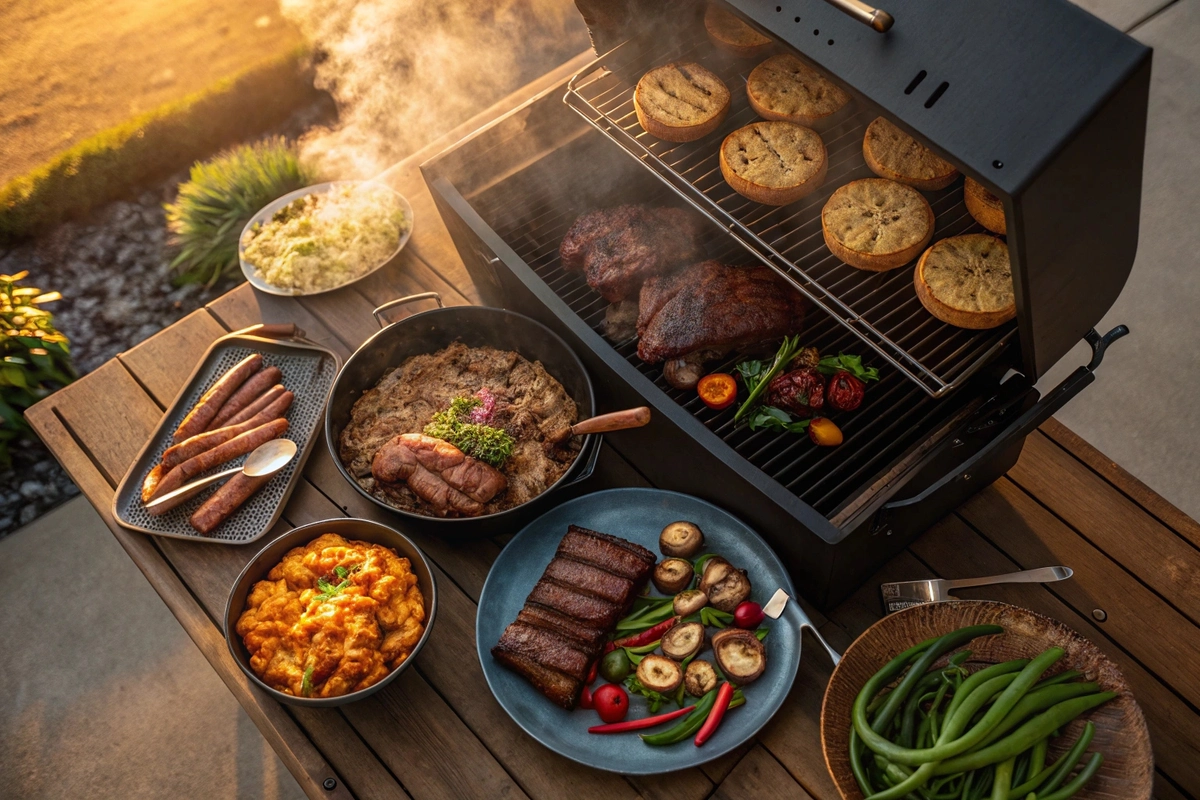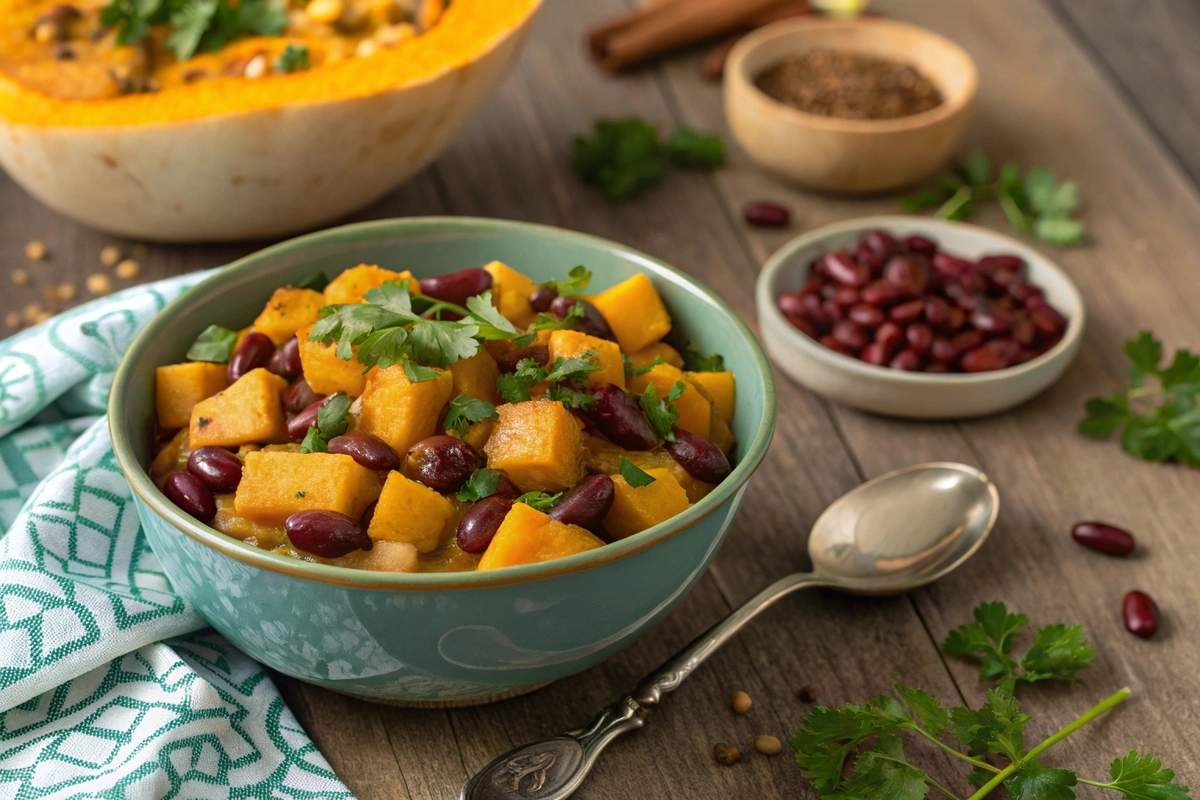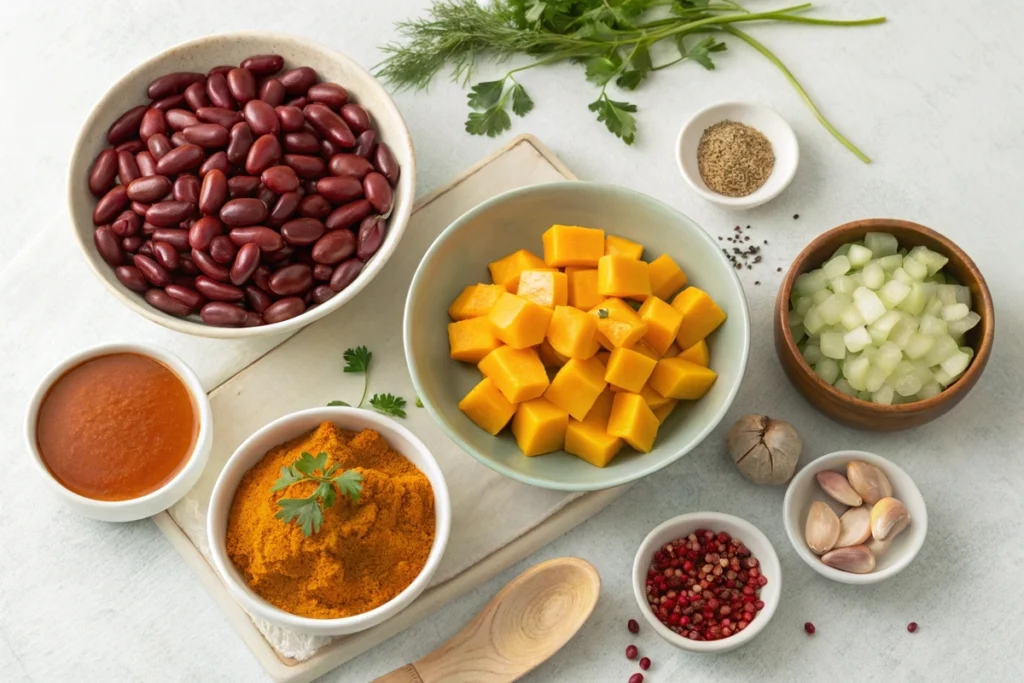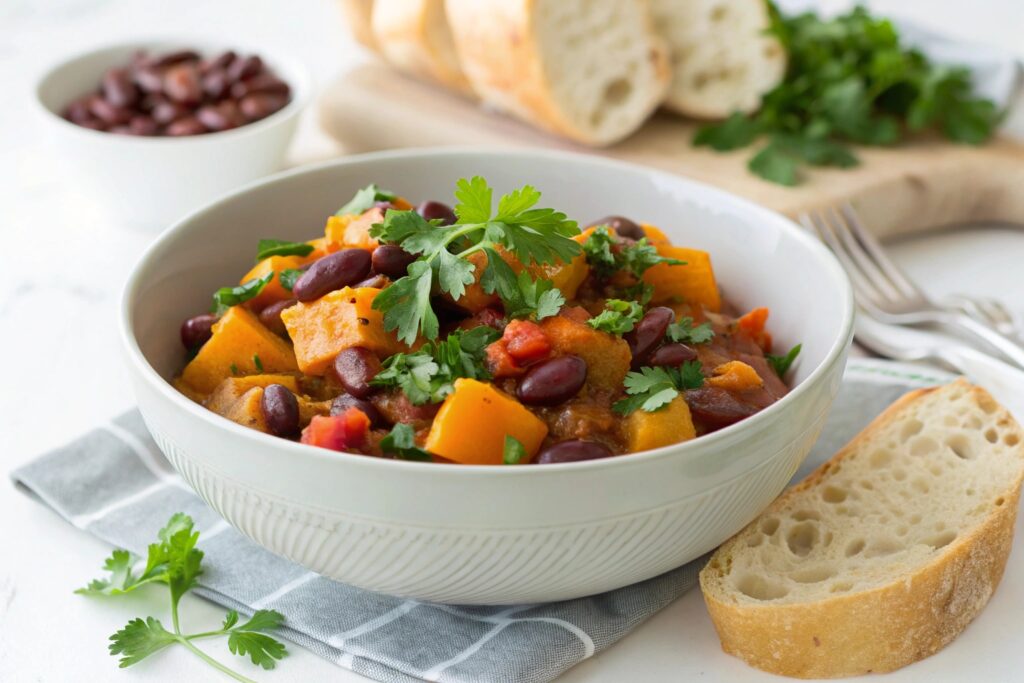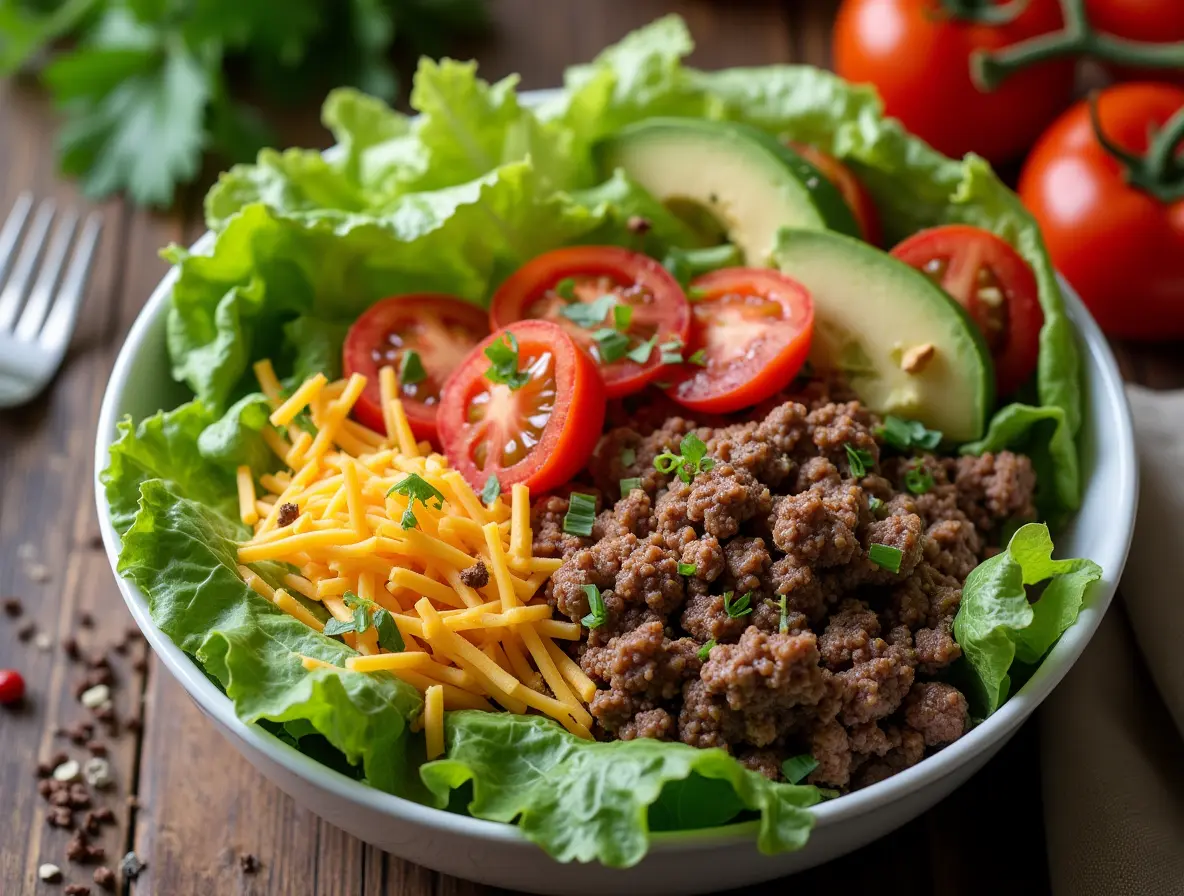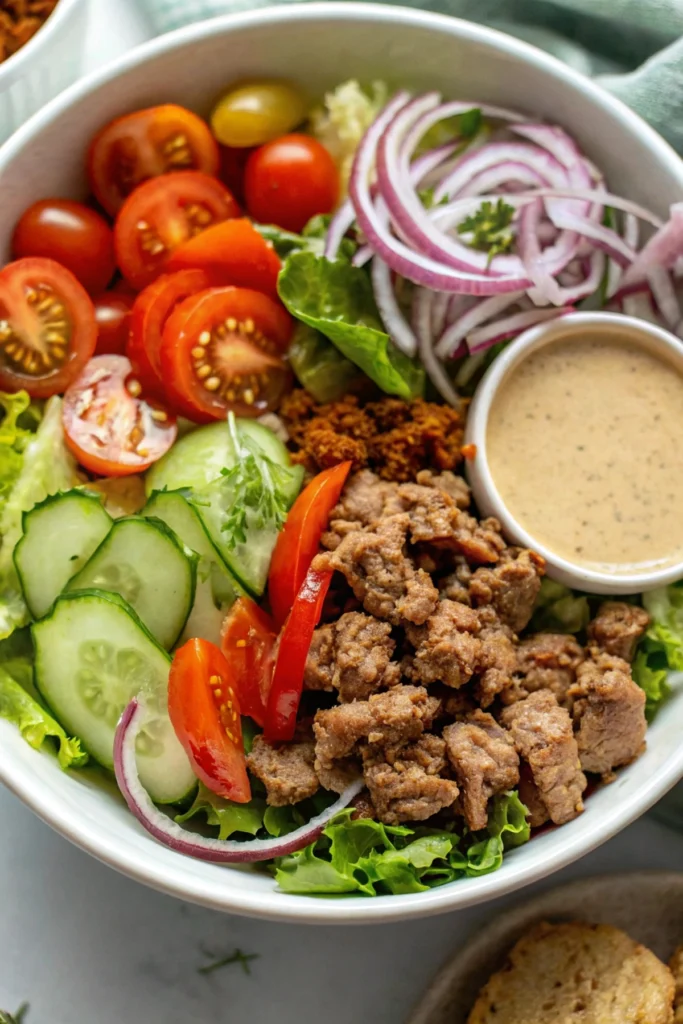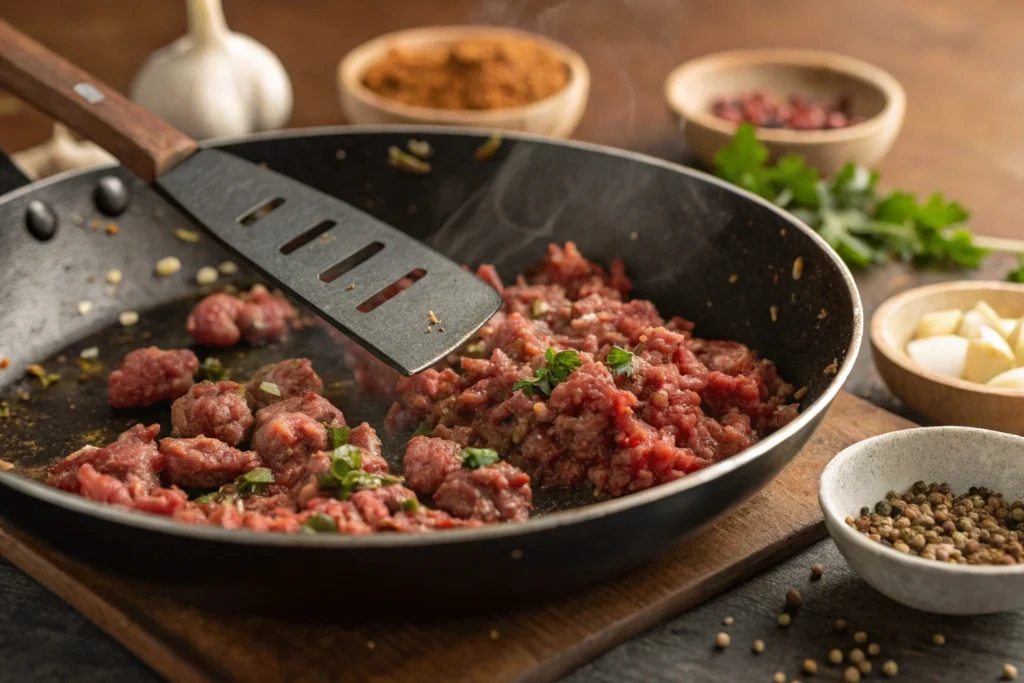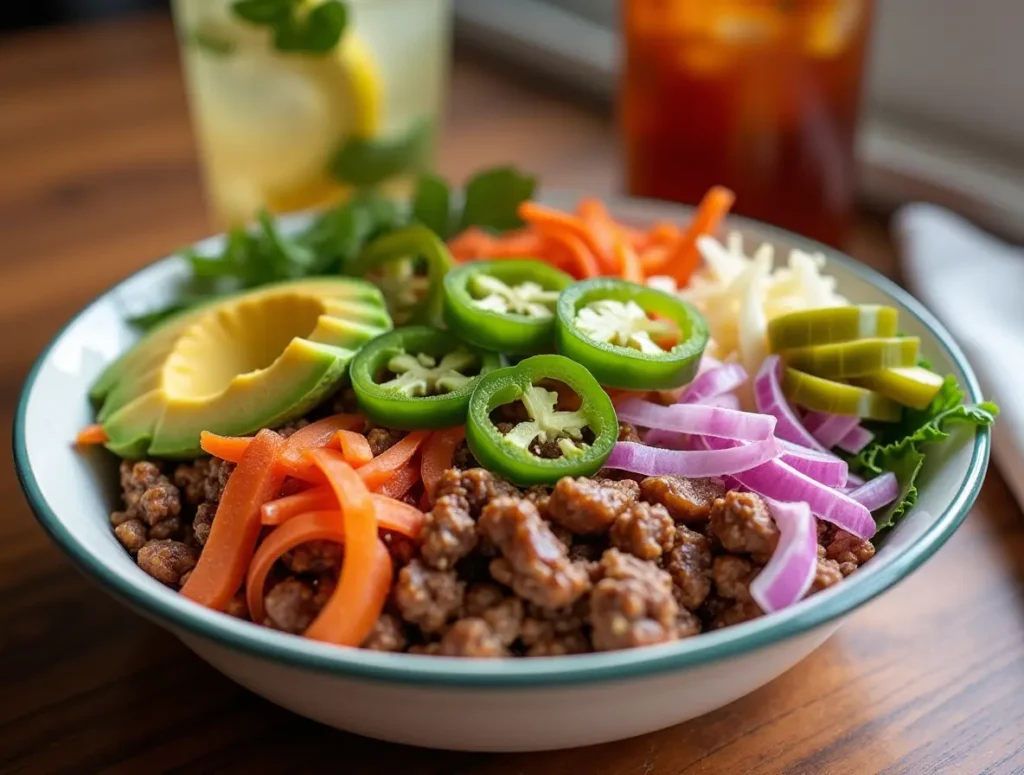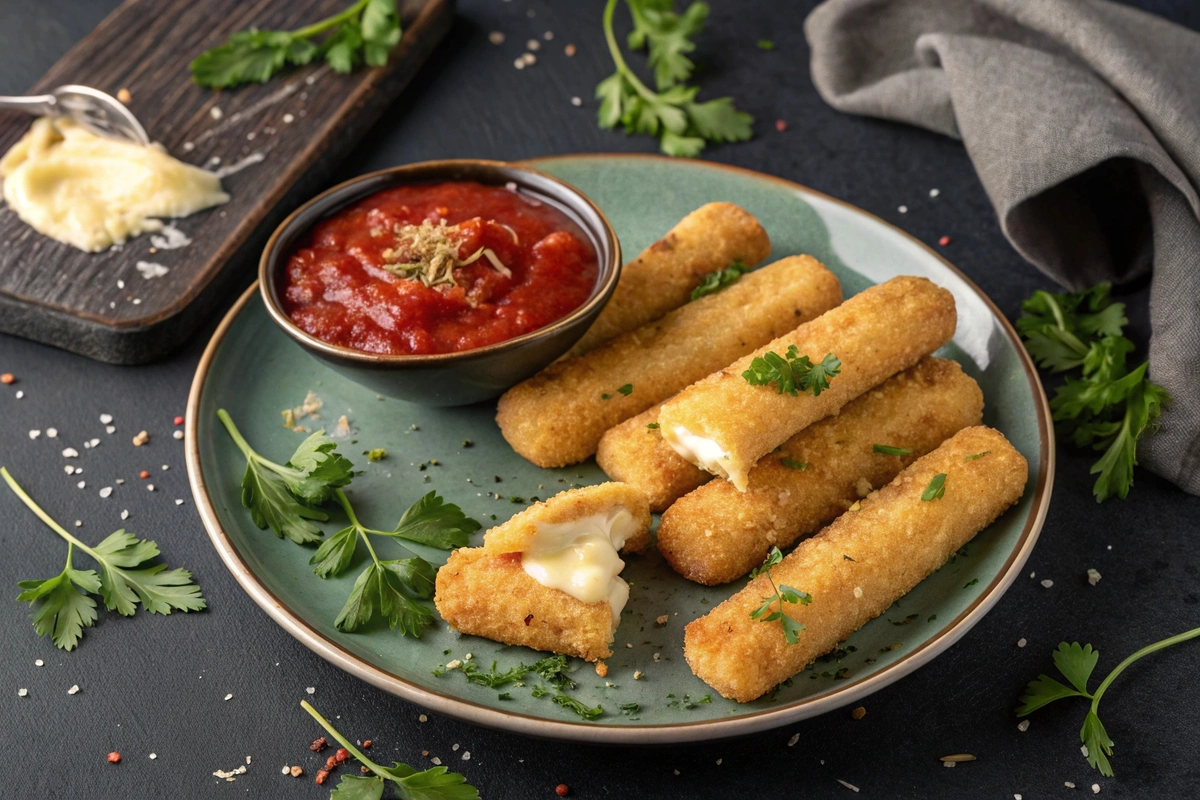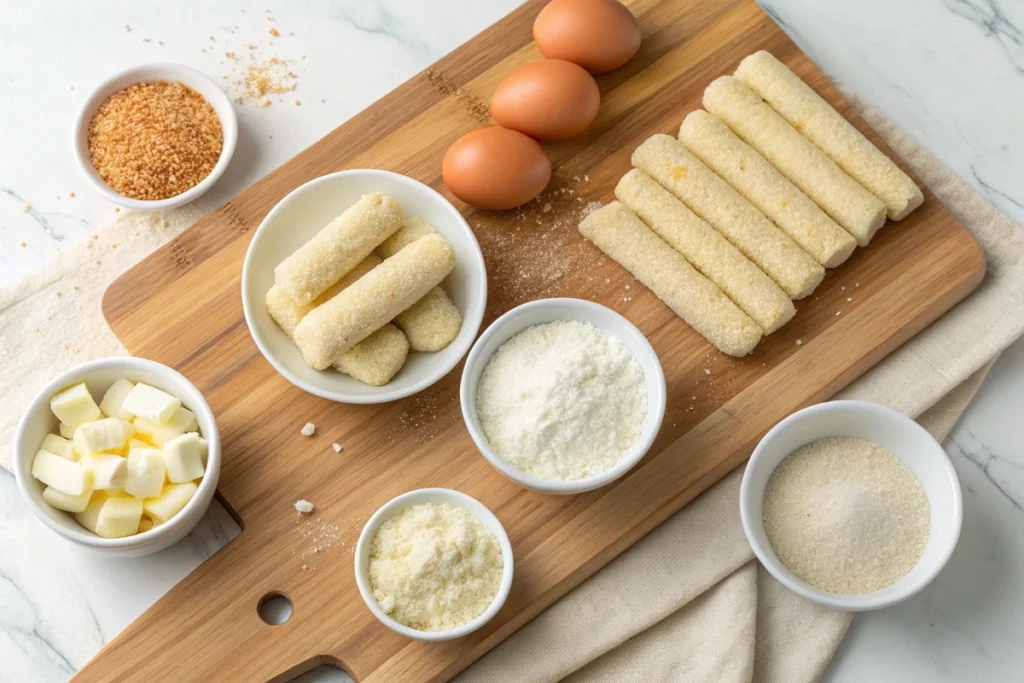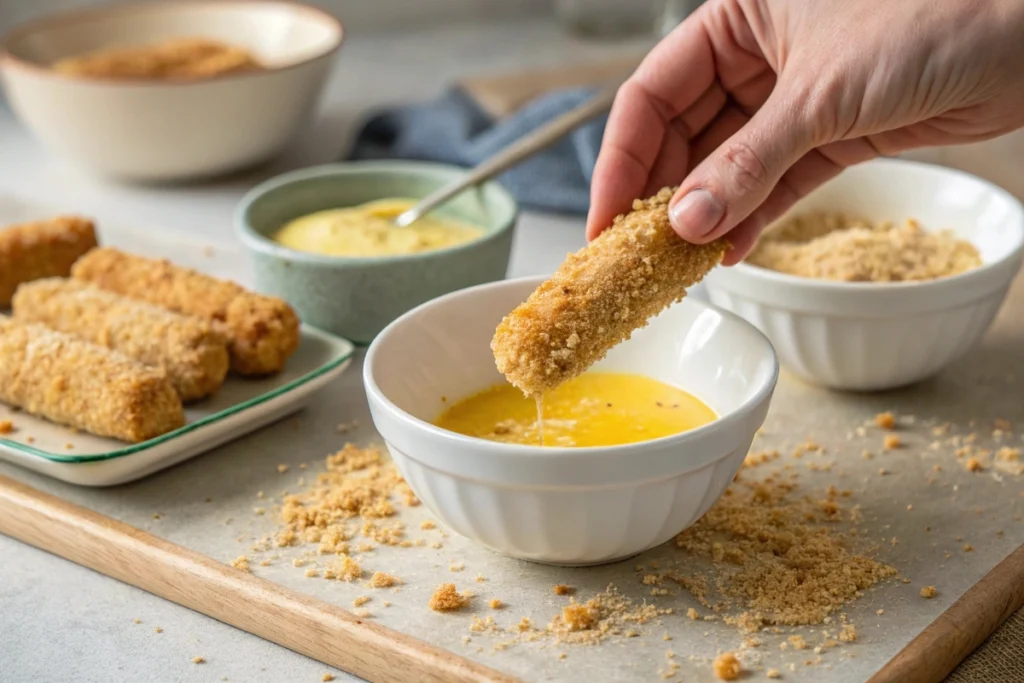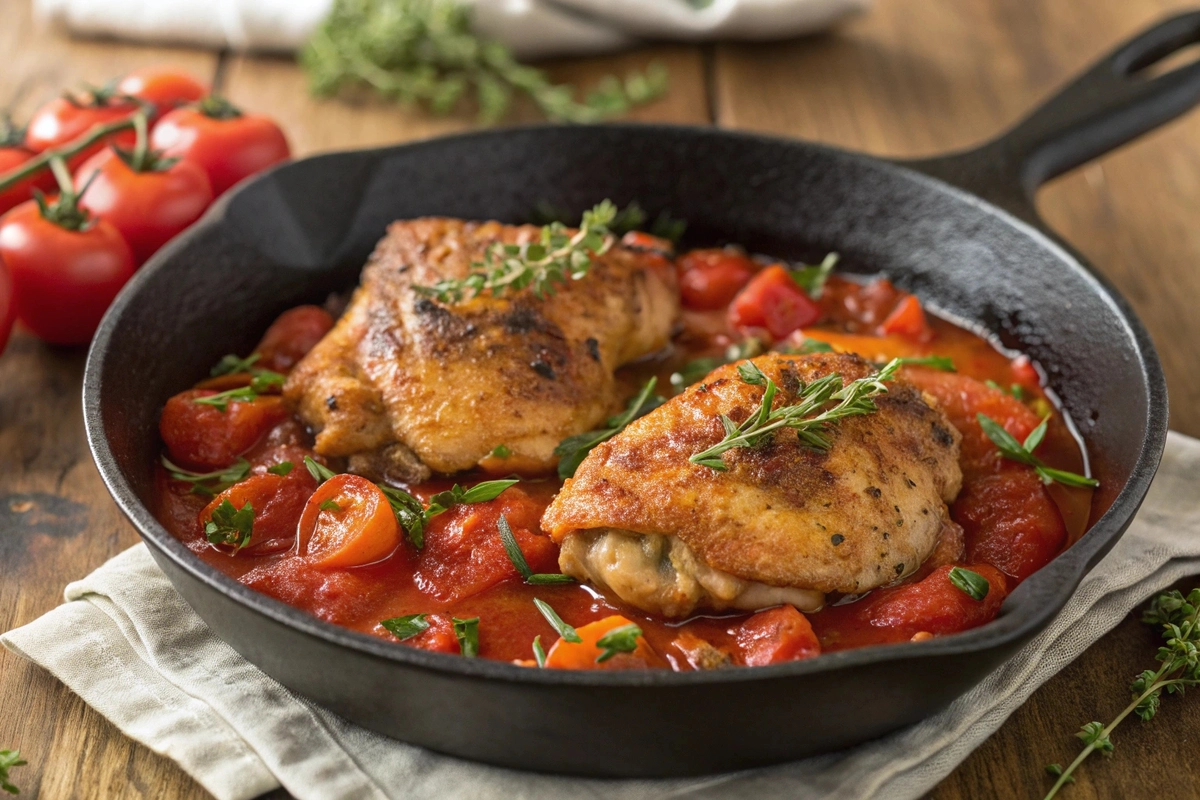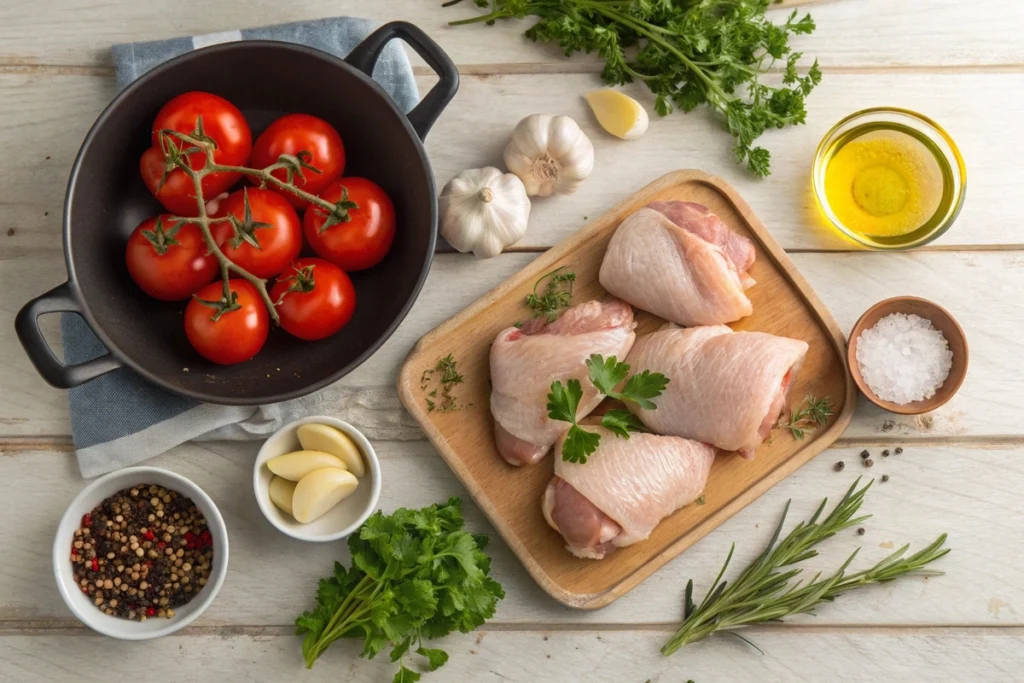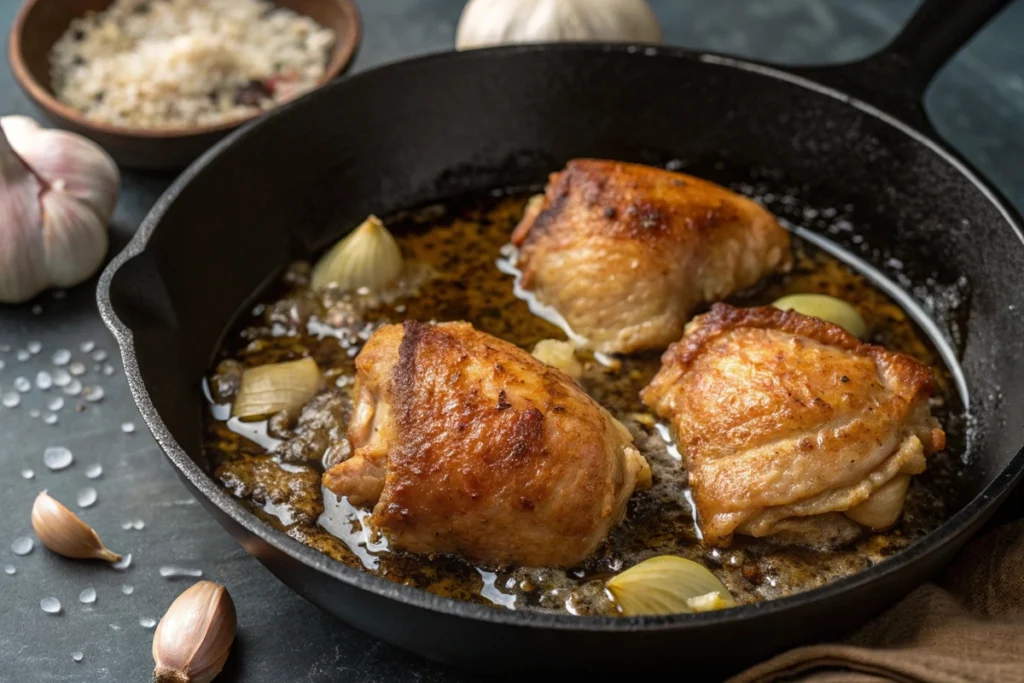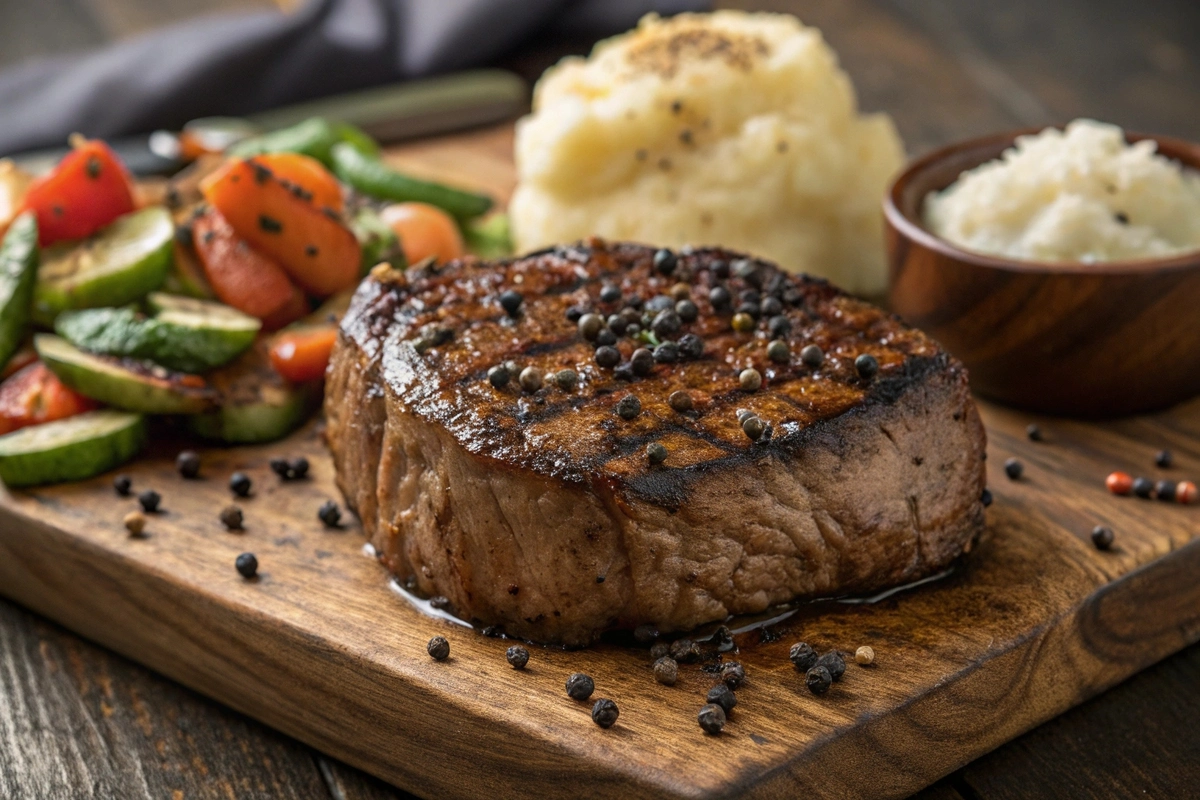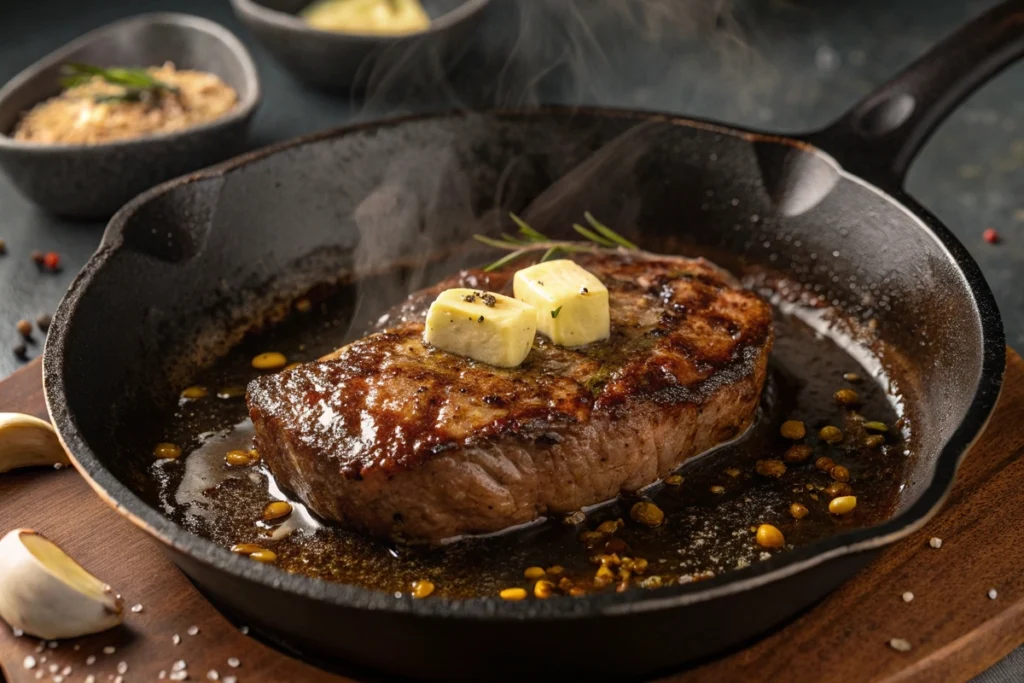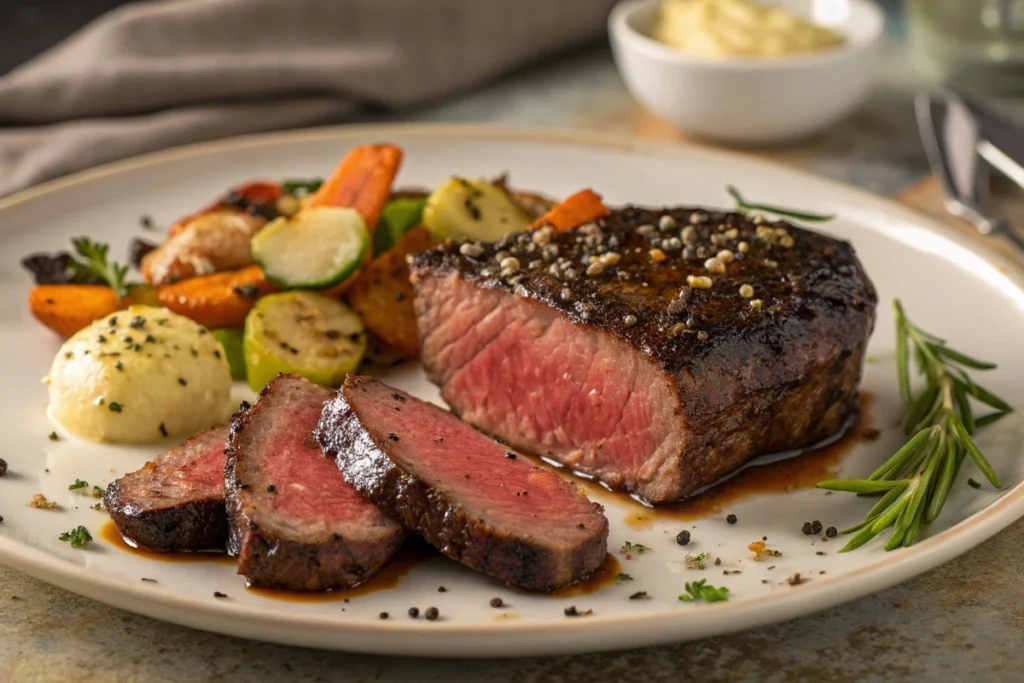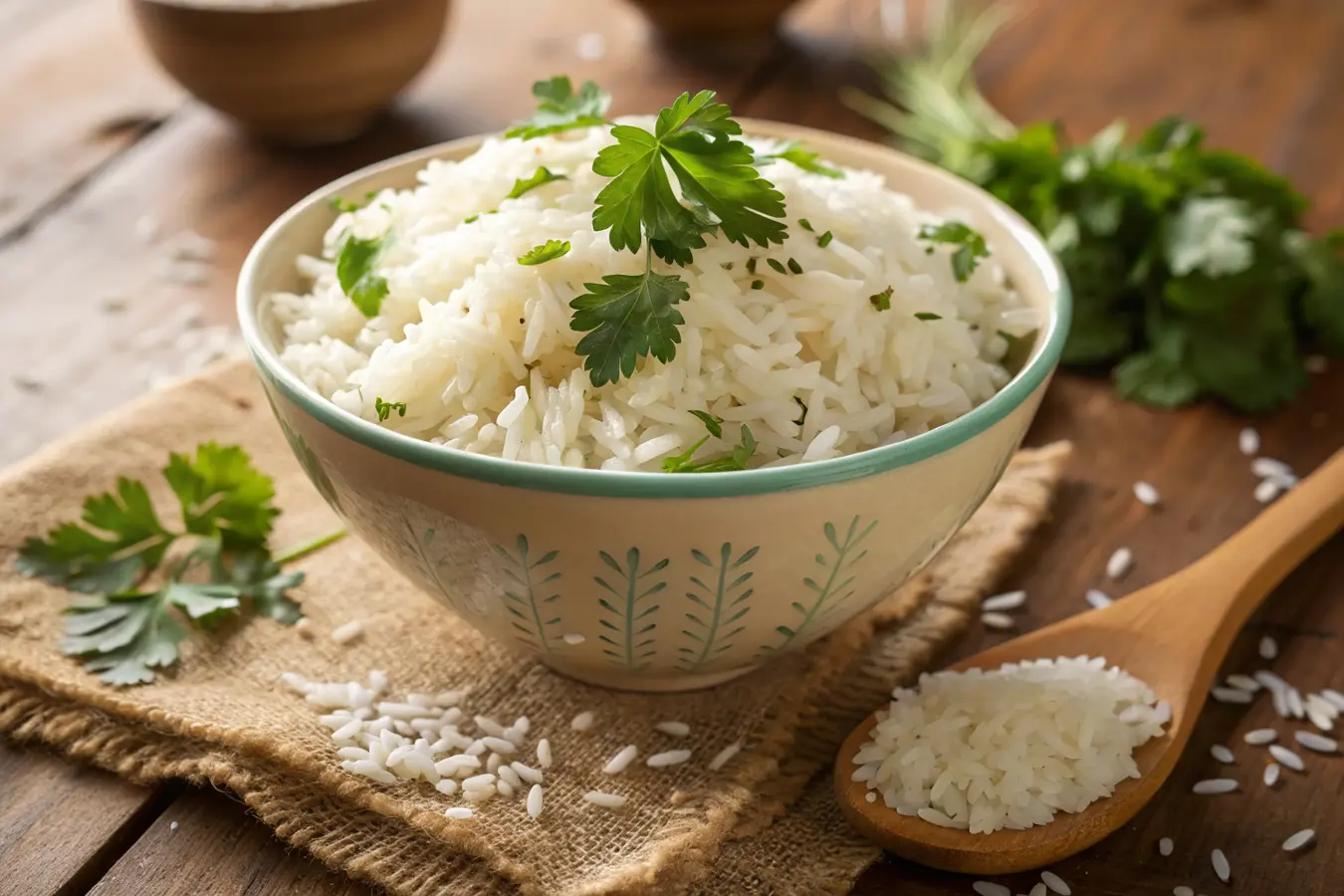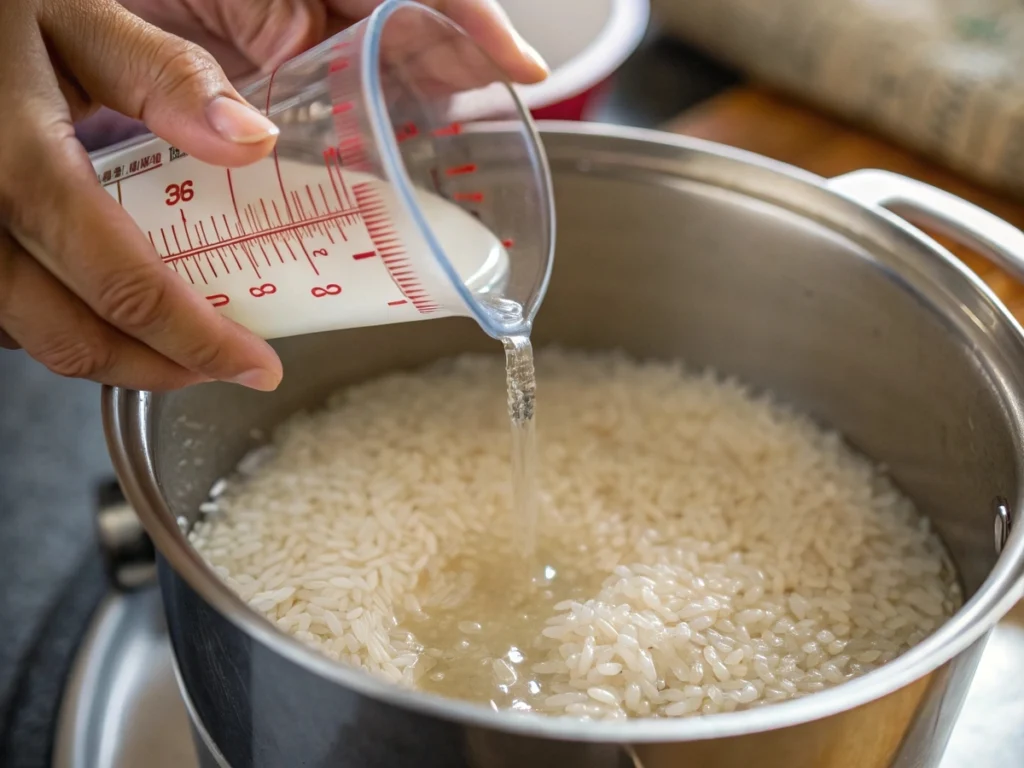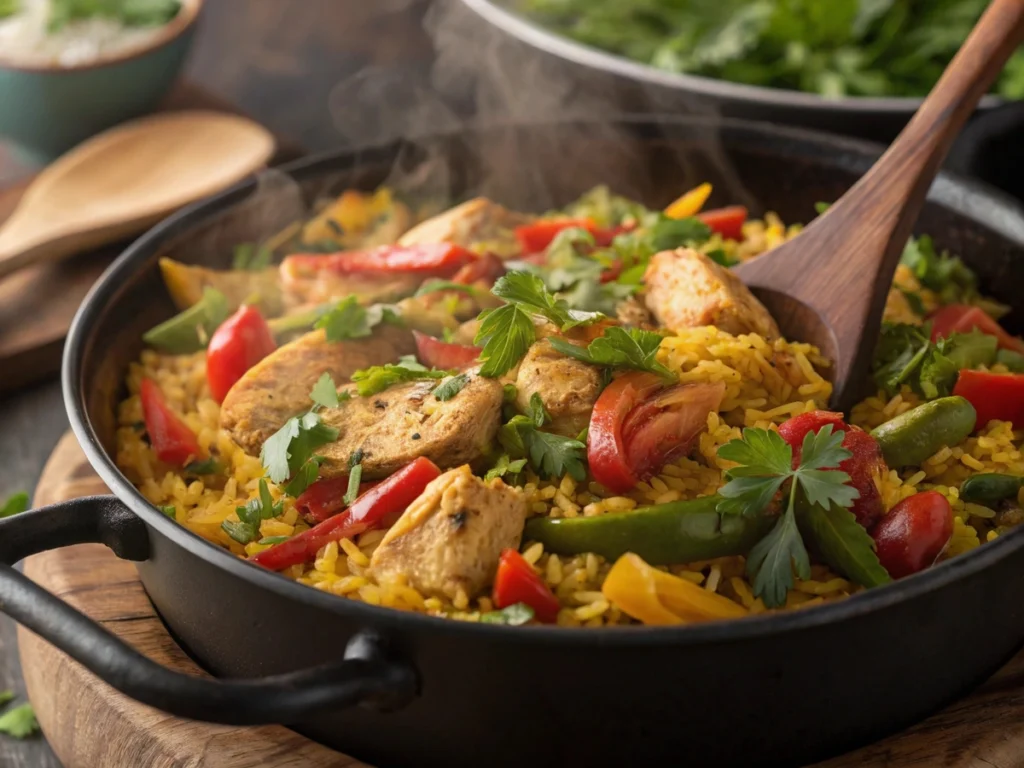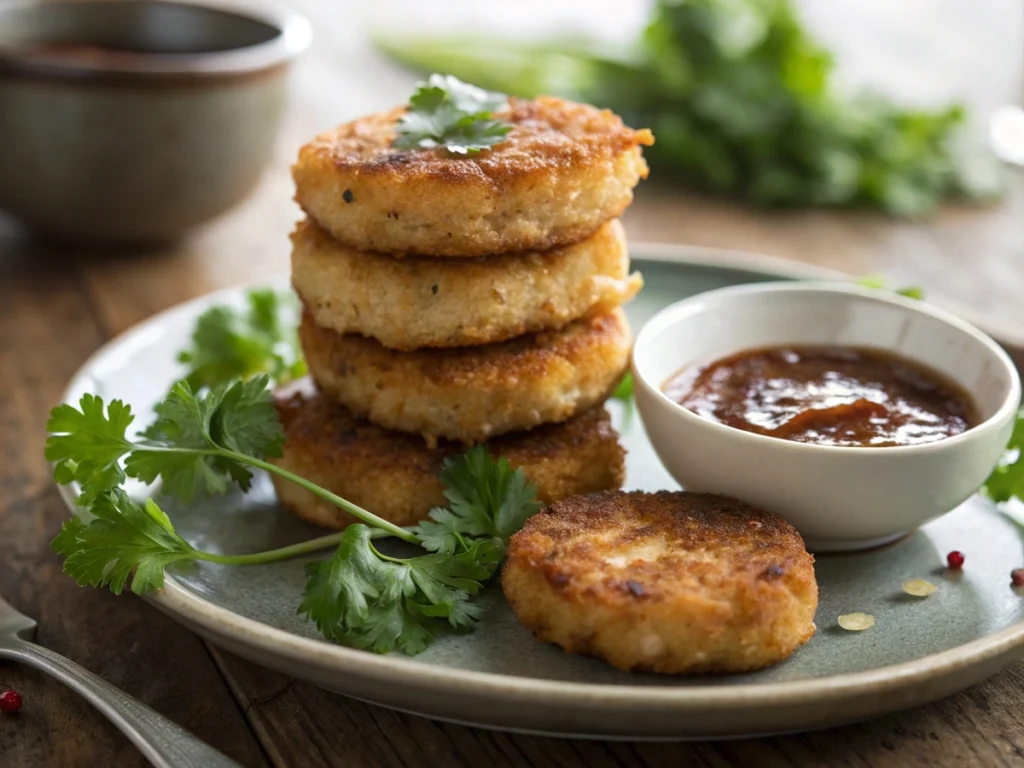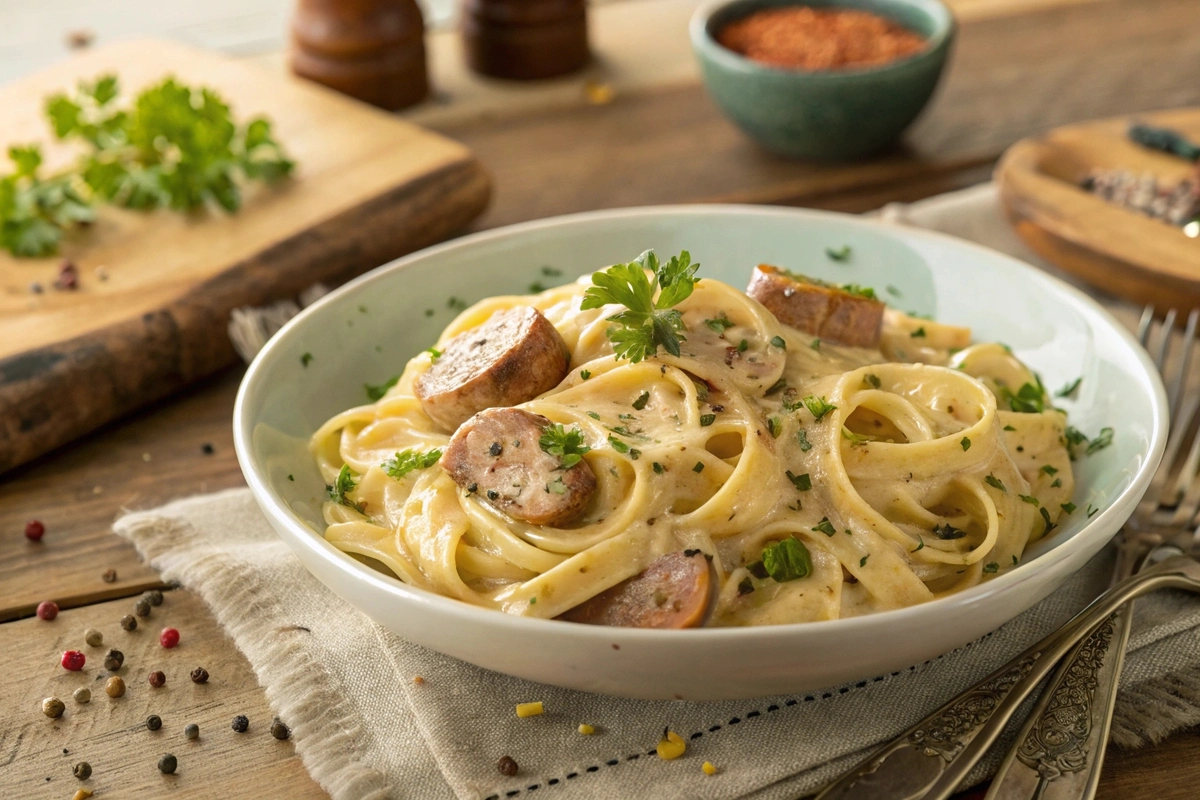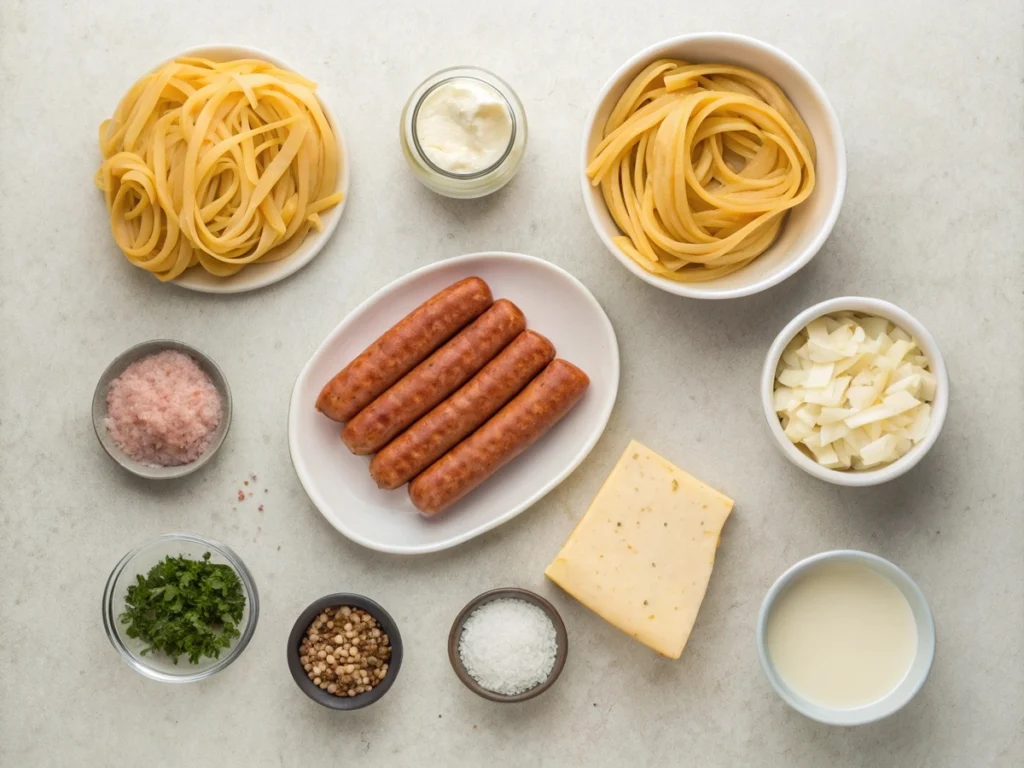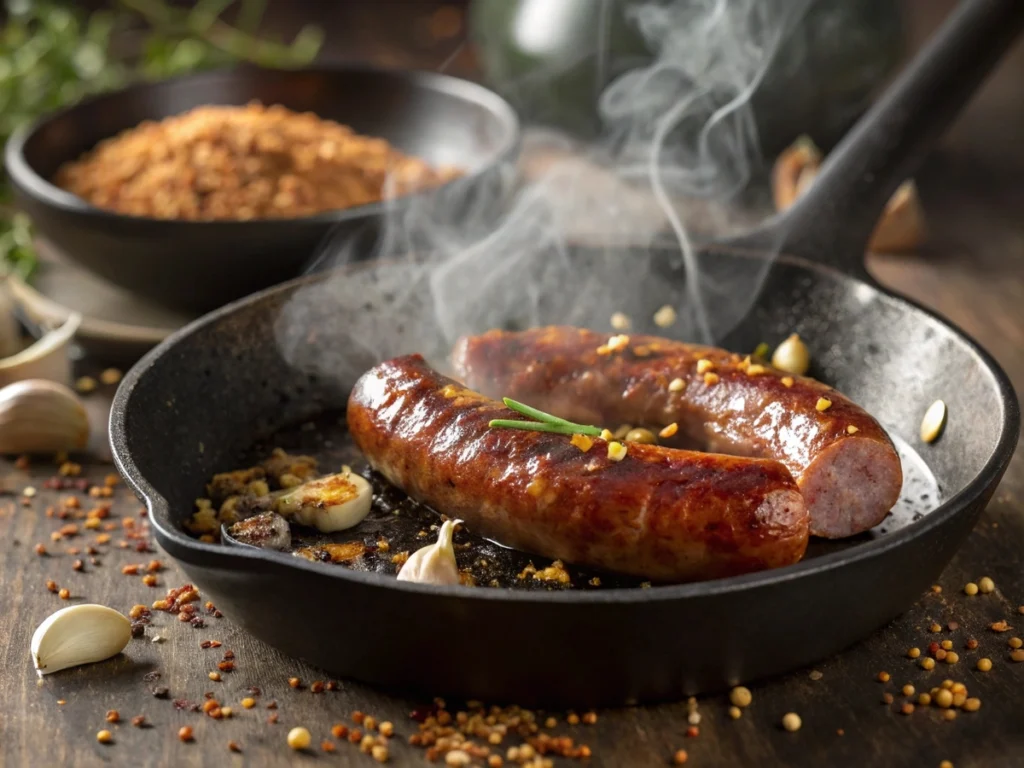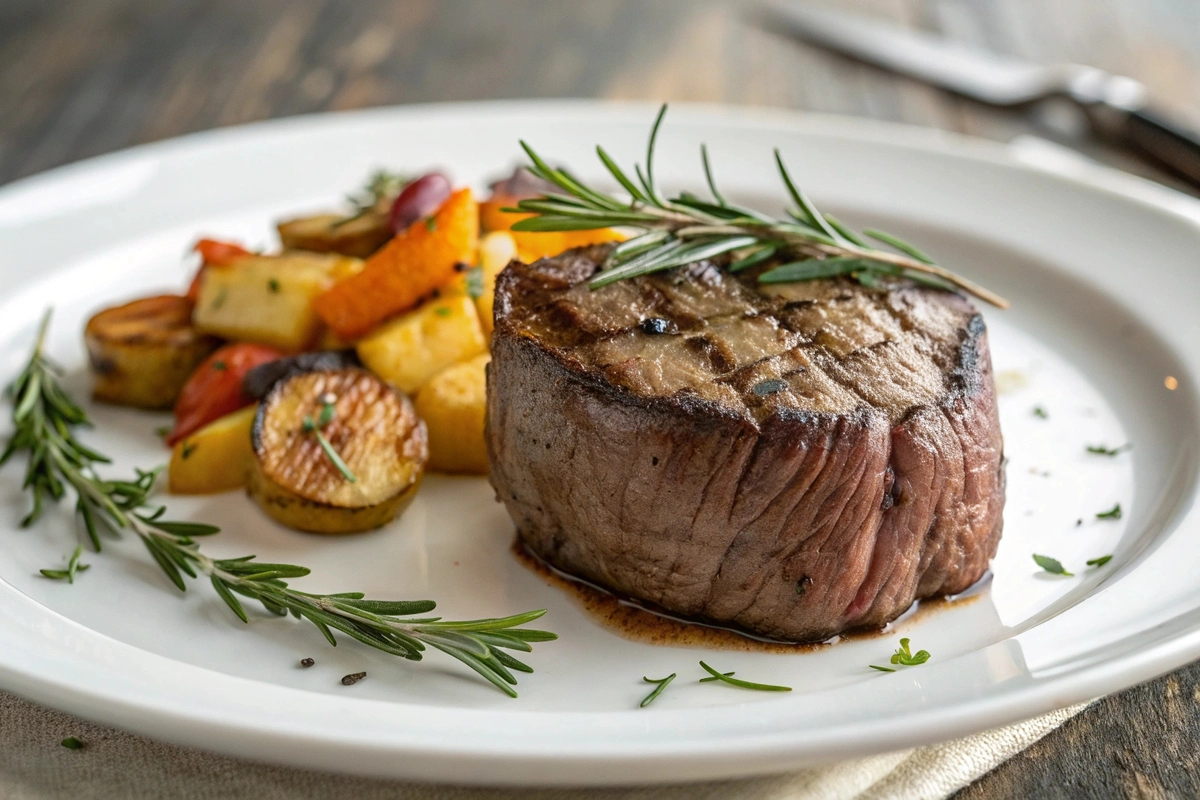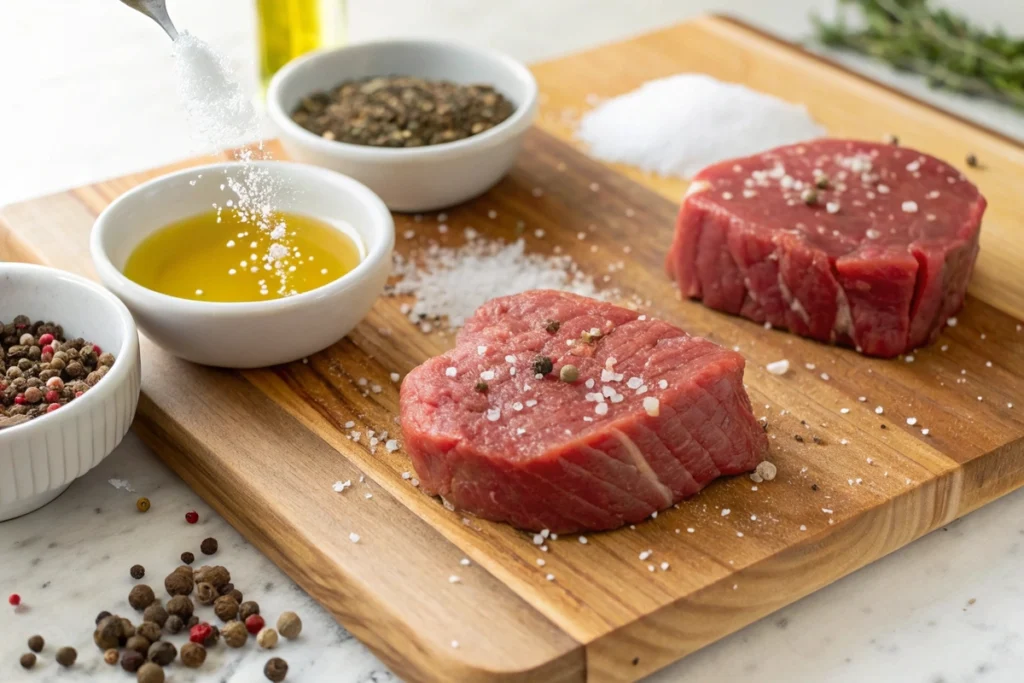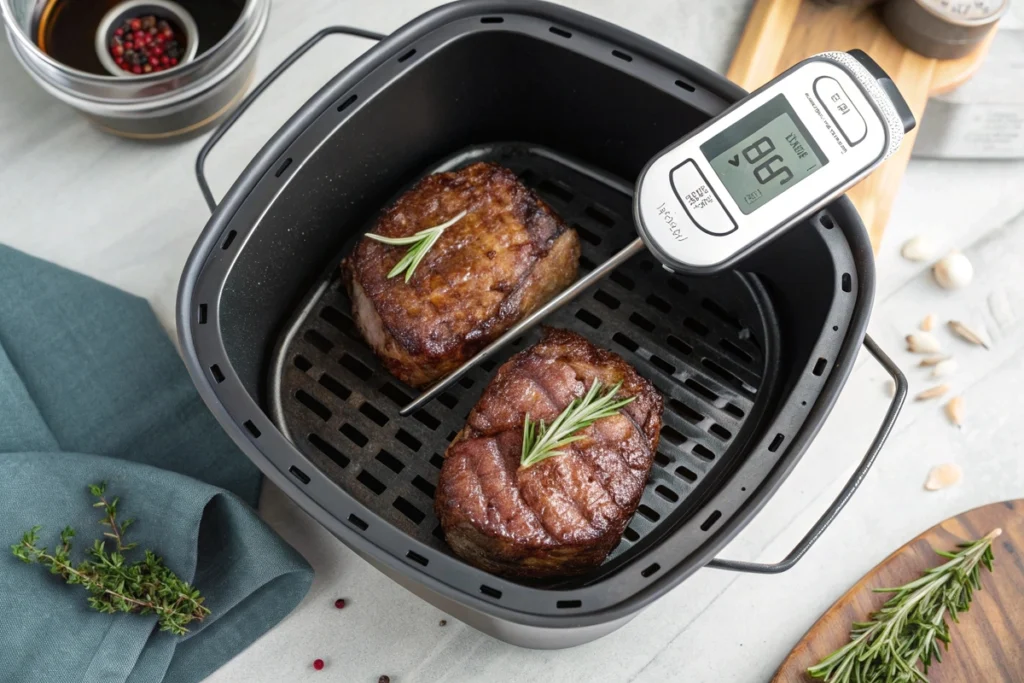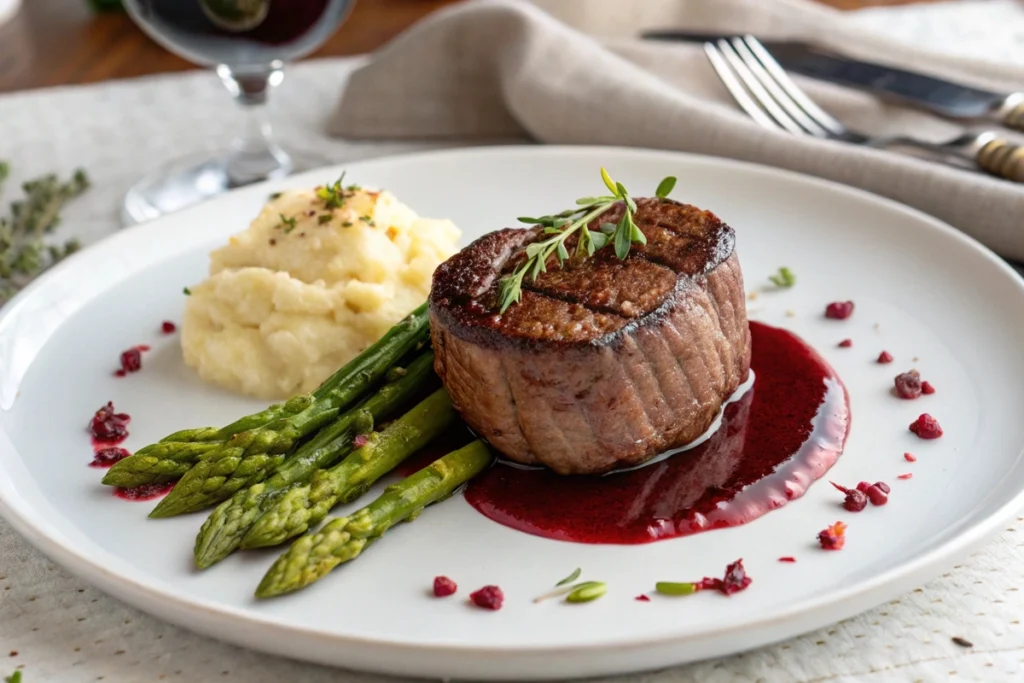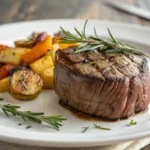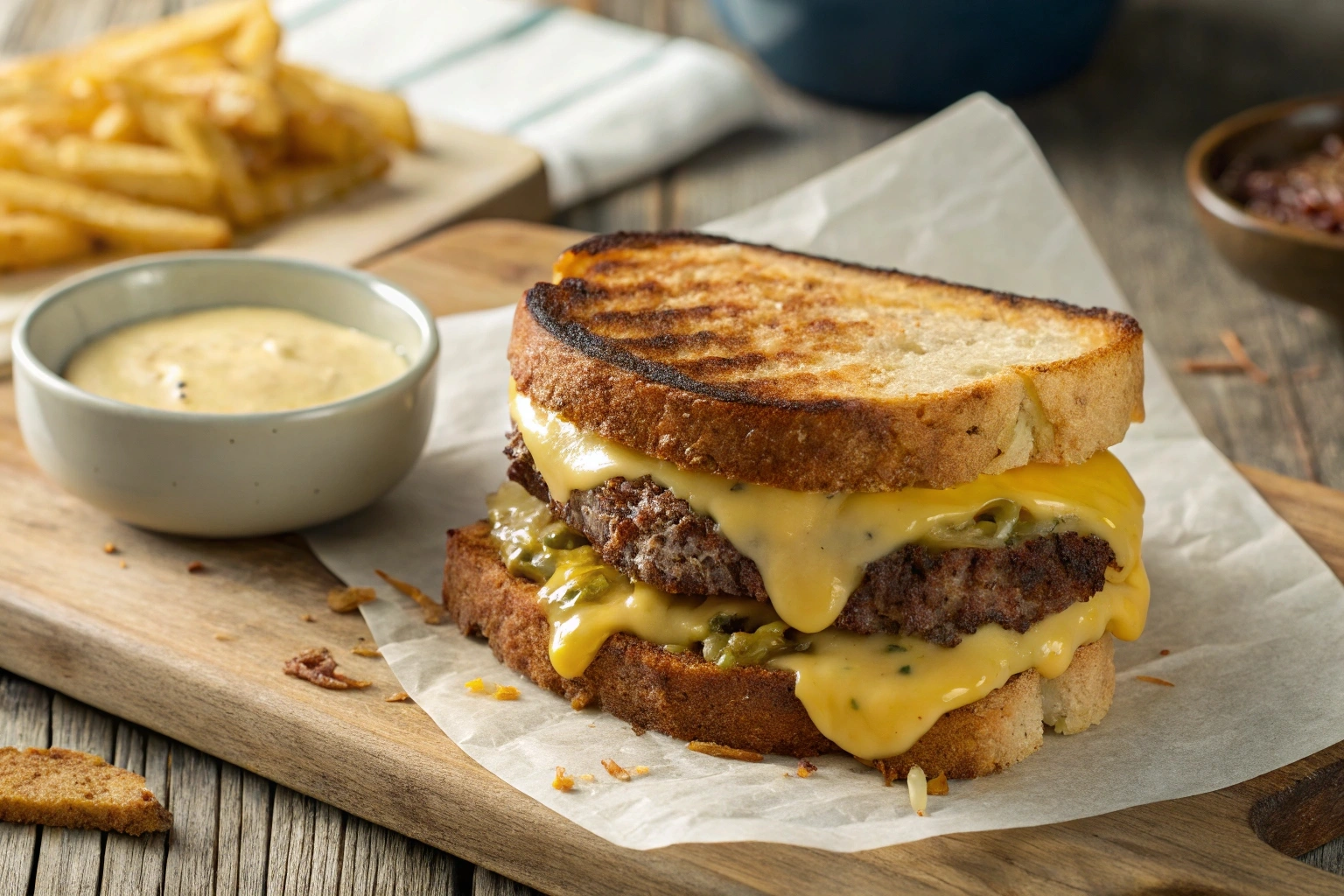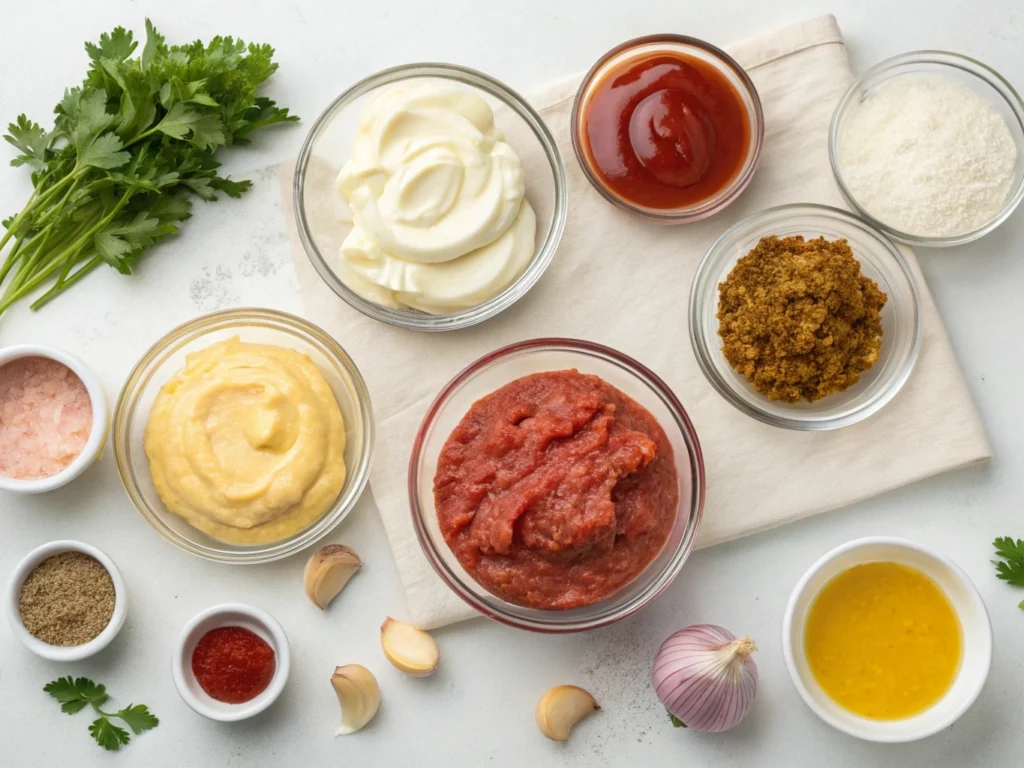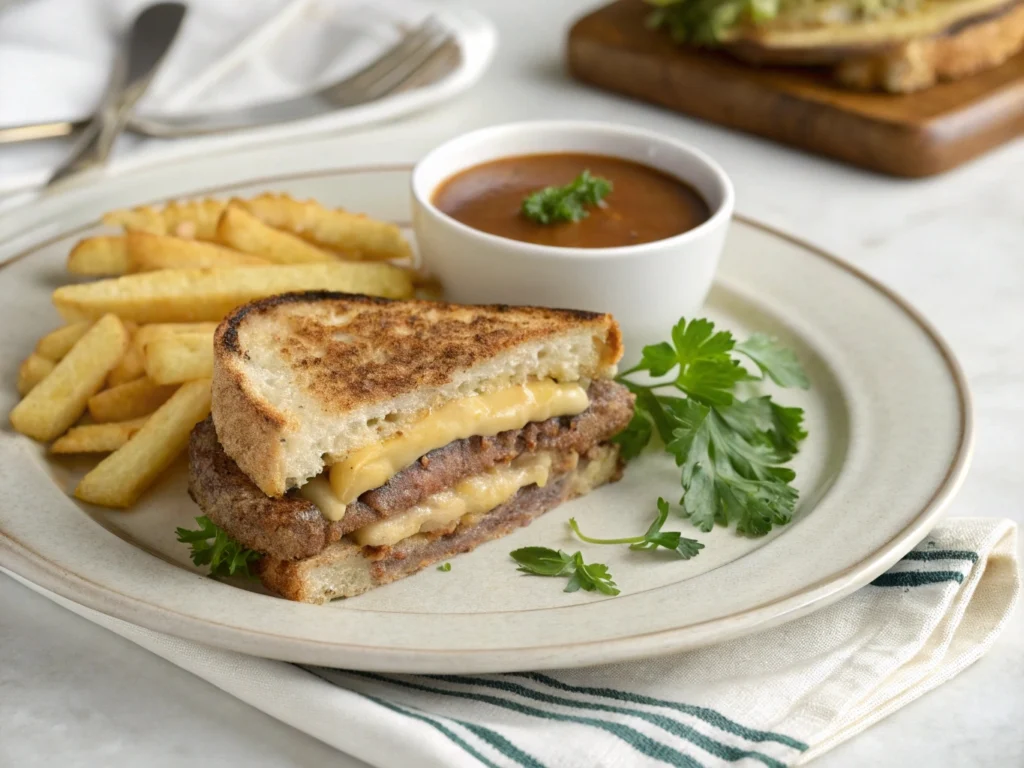Let’s cut to the chase: pellet grills recipes are the Swiss Army knives of BBQ. Why? They smoke, grill, bake, and roast all while you sip a cold drink. Forget dry burgers or uneven heat; these recipes deliver restaurant-quality results in your backyard. From peppery beef ribs to herb-crusted salmon, we’re sharing secrets to elevate your grill game. Ready to ditch the guesswork and embrace pellet grill mastery? Let’s get smokin’!
Table of Contents
Why Pellet grill recipes Are a Game-Changer for BBQ
If you’ve ever struggled with erratic temperatures or babysitting a smoky fire, pellet grill recipes might just become your new best friend. These versatile cookers blend the rich flavors of traditional smoking with the convenience of modern tech. Let’s dive into why they’re revolutionizing backyard BBQs and how you can harness their power.
How Pellet grill recipes Work: Smoke, Sear, and Simplicity
Think of a Pellet grill recipes as your BBQ sous chef. Instead of charcoal, it burns wood pellets compressed sawdust infused with flavors like hickory or cherry. An electric auger feeds pellets into a firepot, while a digital controller keeps temperatures steady. Translation? Set it, forget it, and let low-and-slow BBQ magic happen. Whether you’re smoking brisket overnight or searing steaks at 500°F, this gadget adapts.
Flavor Boost: Choosing the Right Wood Pellets
Here’s the secret: pellet grill recipes live or die by your wood choice. Hickory adds bold, bacon-like depth to beef, while applewood gives poultry a sweet, mellow kiss. For pork ribs, try pecan its nutty notes balance spicy rubs perfectly. But wait don’t mix too many flavors! Stick to one or two woods per cook to avoid muddying the taste.
Pellet grill recipes vs. Traditional Smokers: Key Differences
Sure, charcoal purists swear by their offset smokers, but let’s face it: pellet grills are the lazy genius of BBQ. Unlike traditional setups, they automate temperature control, so you won’t sweat over fluctuating heat. On the other hand, charcoal smokers deliver heavier smoke flavor ideal for competition-style ribs. But for weeknight dinners? Pellet grills save time without skimping on taste. Bottom line: If you crave set-and-forget convenience with solid smoke infusion, pellets win.
Pro Tips for Your First Pellet Grill Cook
Ready to dive into pellet grill recipes? Start simple: beer-can chicken or smoked sausages. Preheat your grill for 15 minutes to avoid temperature swings, and always use a meat probe. Wait don’t peek! Every lid lift adds 10 minutes to your cook time. For crispy skin on poultry, crank the heat to 375°F for the last 20 minutes. Remember: Even if you’re new, these grills forgive mistakes. Just keep pellets dry, and you’ll nail that smoky flavor every time.
4 Must-Try Recipes for Your Pellet Grill
Ready to turn your Pellet grill recipes into a flavor factory? From smoky classics to surprises like wood-fired desserts, these pellet grill recipes are guaranteed to wow. Whether you’re feeding a crowd or just craving BBQ therapy, let’s fire up 4 dishes that’ll make your taste buds sing.
Smoked Brisket: The Ultimate Crowd-Pleaser
Nothing says low-and-slow mastery like a melt-in-your-mouth brisket. Start with a 12-pound cut, slather it with mustard, and coat it in a bold coffee-chili rub. Smoke at 225°F for 14 hours using hickory pellets, spritzing with apple juice every hour.
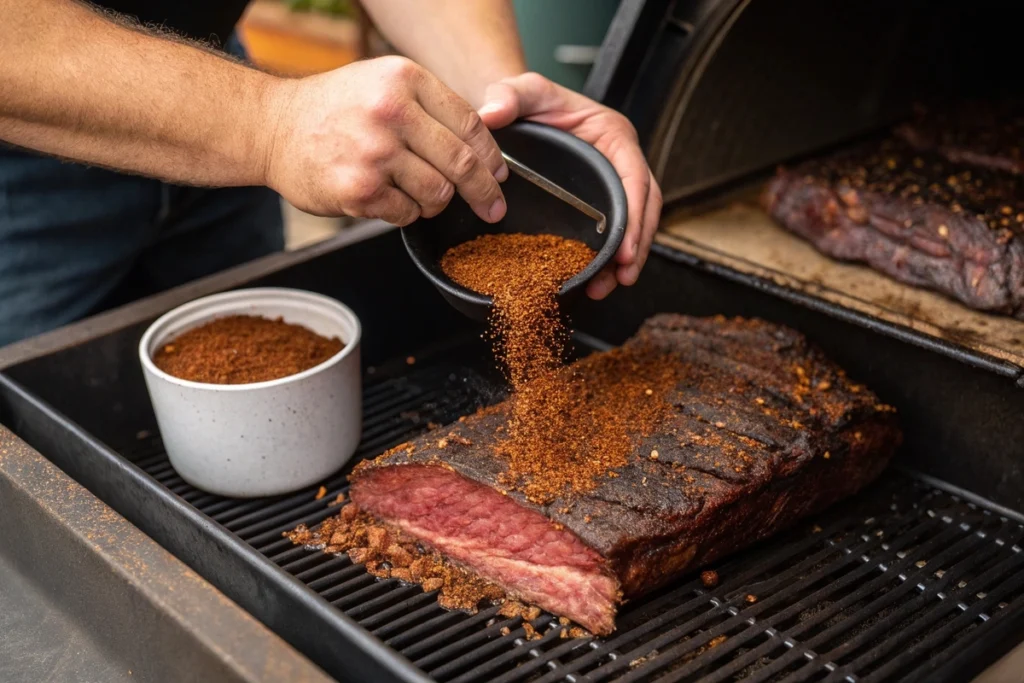
Juicy Pulled Pork with Carolina-Inspired Slaw
Pork shoulder is the MVP of pellet grill recipes forgiving, affordable, and oh-so-tender. Rub it with paprika and brown sugar, then smoke at 250°F with applewood pellets for 10 hours. Shred it, then pile it on buns with a vinegar-based slaw.
Crispy Beer-Can Chicken in 90 Minutes
Who says pellet grills can’t handle weeknights? Season a whole chicken with garlic powder and thyme, then balance it on a half-full beer can. Smoke at 325°F with cherry pellets for 1.5 hours. Result: Crispy skin, juicy meat, and zero fuss. Serve with grilled corn or our Ensalada De Pollo for a full feast.
Vegetarian Delights: Smoked Portobello Burgers
Pellet grill recipes aren’t just for meat lovers. Marinate portobello caps in balsamic, olive oil, and rosemary, then smoke at 180°F for 45 minutes. Pile them on ciabatta with goat cheese and arugula. Craving more veggies? Try smoking cauliflower steaks or halloumi perfect for Meatless Mondays!
Mastering Techniques for Flawless Results
Think you’ve nailed pellet grill recipes? Wait until you unlock these pro tricks. Whether you’re chasing bark-covered brisket or crispy-skinned chicken, mastering a few techniques can turn “good enough” into “restaurant-quality BBQ.” Let’s break down the secrets to smoke, sizzle, and success.
Low-and-Slow vs. High Heat: When to Use Each
Pellet grills shine because they handle both patience and speed. Low-and-slow (225–250°F) is perfect for tough cuts like pork shoulder or ribs—think 8+ hours of smoky tenderness. On the flip side, crank it to 450°F for searing steaks or grilling veggies in minutes. Pro move: Use reverse searing for thick cuts. Smoke first, then blast with high heat to finish.
Avoiding Common Mistakes: Pellet Grill Pitfalls
Even the best pellet grill recipes can flop if you skip these fixes. First, never let pellets sit in a damp hopper they’ll clump and jam the auger. Second, resist peeking! Every lid lift drops the temp, adding 10+ minutes to your cook. Lastly, don’t drown meat in sauce too early. Brush it on during the last 30 minutes to prevent burning. Remember: A meat thermometer is your best friend.
Pro Tips for Intense Smoke Flavor
Want that deep, campfire-like smoke? Start with dry pellets (store them in airtight containers). Next, try a smoke tube for extra flavor during shorter cooks perfect for cheeses or nuts. Finally, brine poultry overnight. A simple mix of salt, sugar, and herbs keeps chicken juicy and helps smoke penetrate. Bonus: Cold-smoke cream cheese for a killer appetizer.
Maintenance Tips for Long-Lasting Performance
Treat your grill right, and it’ll return the favor. After each cook, vacuum ash from the firepot to prevent flare-ups. Every 20 hours, clean grease from the drip tray (trust us, future-you will thank present-you). Seasonally, inspect seals and lubricate hinges.
Beyond Meat: Unexpected Pellet Grill Creations
Who says pellet grill recipes are just for ribs and brisket? Think outside the smoker! From sweet treats to global feasts, your grill can handle it all. Let’s explore four creative ways to surprise your guests and maybe even yourself.
Smoked Desserts: Bourbon-Pecan Peach Cobbler
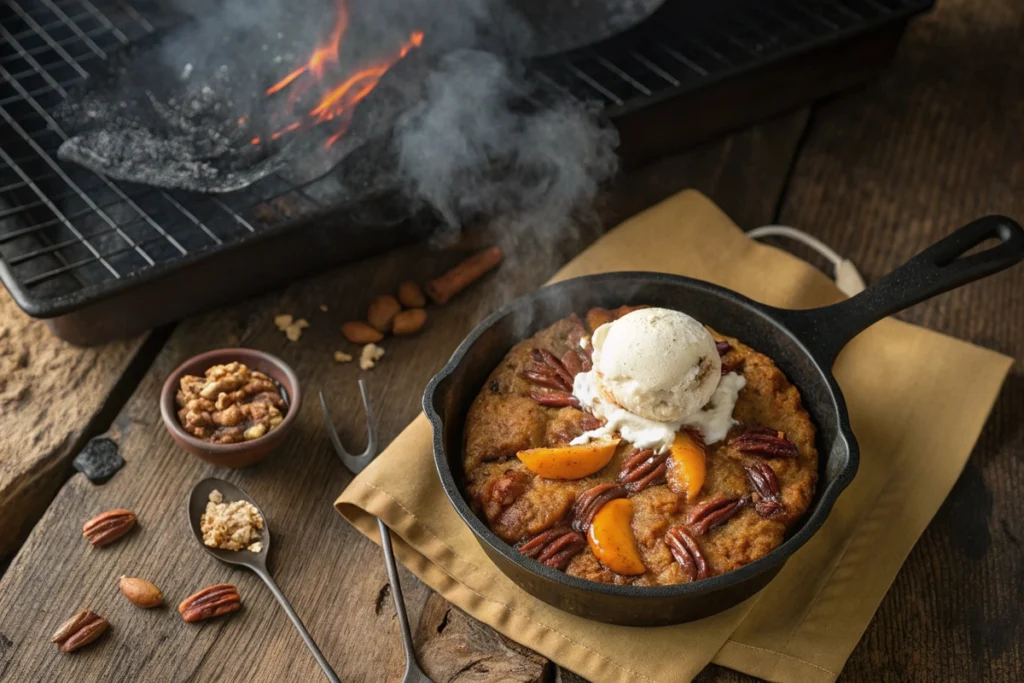
Yes, you read that right dessert on a pellet grill! Toss peaches, brown sugar, and a splash of bourbon in a cast-iron skillet. Top with pecan streusel, then smoke at 275°F for 45 minutes using applewood pellets. Result? A caramelized, smoky-sweet masterpiece. Serve with vanilla ice cream, and thank me later.
Breakfast on the Grill: Smoked Bacon & Eggs
Why let the oven have all the fun? Lay bacon strips on a grill mat, cold-smoke at 180°F for 30 minutes, then crank the heat to 350°F to crisp them up. Crack eggs into a cast-iron pan and let the grill work its magic. Pro tip: Add smoked paprika to your scrambled eggs for extra flair.
Global Flavors: Korean BBQ Short Ribs (Galbi)
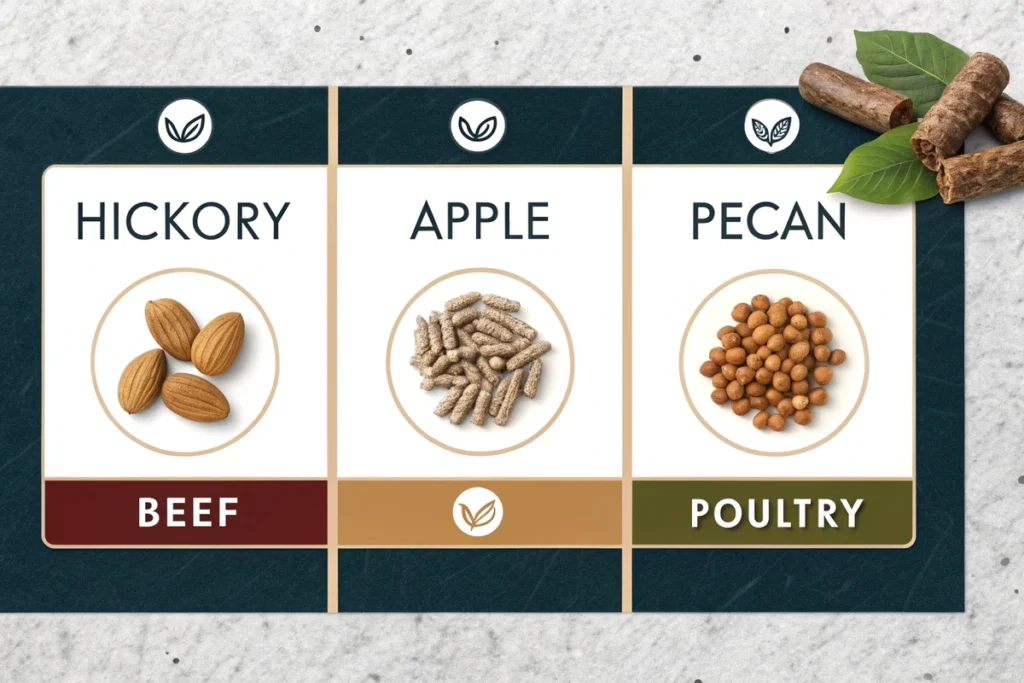
Take your pellet grill recipes on a world tour with Korean galbi. Marinate beef short ribs in soy sauce, pear puree, and gochujang (Korean chili paste) overnight. Smoke with oak pellets at 225°F for 3 hours, then glaze with honey. Serve with kimchi and steamed rice for a fusion feast.
Smoked Appetizers: Goat Cheese-Stuffed Peppers
Impress your crowd with smoky starters. Halve mini sweet peppers, stuff them with herbed goat cheese, and smoke at 200°F for 1 hour. The low heat lets the cheese soften without melting, while cherry pellets add a fruity whisper. Pair with a drizzle of balsamic reduction easy, elegant, and utterly addictive.
FAQs About Pellet Grill Recipes
What’s good to cook on a pellet grill?
Pellet grills excel at low-and-slow BBQ classics like brisket, ribs, and pulled pork, but they’re also fantastic for crispy chicken, smoked salmon, and even desserts like cobblers. For veggies, try smoked portobello mushrooms or grilled corn. Essentially, if it can be smoked, baked, or grilled, your pellet grill can handle it!
What are the downsides of a pellet grill?
While pellet grill recipes are wildly convenient, these cookers require electricity, so they’re not ideal for off-grid adventures. Pellets can also cost more than charcoal over time, and some purists argue traditional smokers deliver a heavier smoke flavor. However, the set-and-forget ease often outweighs these trade-offs for most home cooks.
What should I make first on my pellet grill?
Start with beer-can chicken or smoked sausages—they’re forgiving and quick. These recipes let you practice temperature control without risking a pricey cut of meat. Once you nail the basics, graduate to low-and-slow staples like pork shoulder or baby back ribs.
What is the easiest thing to smoke on a pellet grill?
Pork shoulder (for pulled pork) is the ultimate beginner-friendly smoke. Rub it with salt and paprika, set your grill to 225°F, and let it cook undisturbed for 8–10 hours. No wrapping, no spritzing just juicy, smoky meat ready for sandwiches or tacos.
Conclusion: Elevate Your BBQ Game with Confidence
By now, you’ve seen how pellet grill recipes can transform your backyard cooking from smoky brisket to unexpected hits like bourbon-peach cobbler. Whether you’re a weekend warrior or a seasoned grill master, these versatile cookers offer precision, flavor, and endless creativity. Remember: Start simple, experiment boldly, and let the grill do the heavy lifting. Ready to fire it up? Your next BBQ masterpiece is just a pellet hopper away.
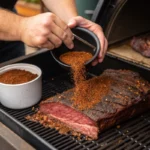
Pellet Grill Mastery: 4 Recipes for Perfect BBQ (2025 Guide)
- Yield: Serves 12–15 1x
Description
Master the art of low-and-slow BBQ with this melt-in-your-mouth smoked brisket. Infused with a bold coffee-chili rub and hickory smoke, this recipe delivers a tender, juicy center and a caramelized bark that’ll make you the hero of any cookout.
Ingredients
- 1 whole beef brisket (12–14 lbs, untrimmed)
- ¼ cup yellow mustard (binder)
- ½ cup coarse kosher salt
- ½ cup freshly ground black pepper
- ¼ cup chili powder
- ¼ cup dark brown sugar
- 2 tbsp finely ground coffee
- 1 tbsp garlic powder
- 1 tbsp onion powder
- 1 tsp cayenne pepper (optional, for heat)
- 2 cups apple juice (for spritzing)
Instructions
- Trim the brisket: Remove excess fat, leaving a ¼-inch layer on the fat cap.
- Apply binder: Coat all sides of the brisket with yellow mustard.
- Make the rub: Mix salt, pepper, chili powder, brown sugar, coffee, garlic powder, onion powder, and cayenne.
- Season generously: Sprinkle the rub evenly over the brisket, pressing it into the meat.
- Preheat pellet grill: Set to 225°F using hickory pellets. Add a water pan to the grill for moisture.
- Smoke the brisket: Place brisket fat-side up on the grill. Insert a meat probe into the thickest part.
- Spritz hourly: After 3 hours, spritz with apple juice every 60 minutes to keep the surface moist.
- Wrap at 165°F: Once the internal temp hits 165°F, wrap the brisket tightly in butcher paper.
- Finish cooking: Return to the grill until the internal temp reaches 203°F (about 12–14 hours total).
- Rest and slice: Let rest in a cooler for 2 hours, then slice against the grain.
Notes
- Bark tip: Avoid wrapping too early—wait until the bark is deep mahogany.
- Pellet choice: Hickory adds boldness, but oak works for a milder flavor

